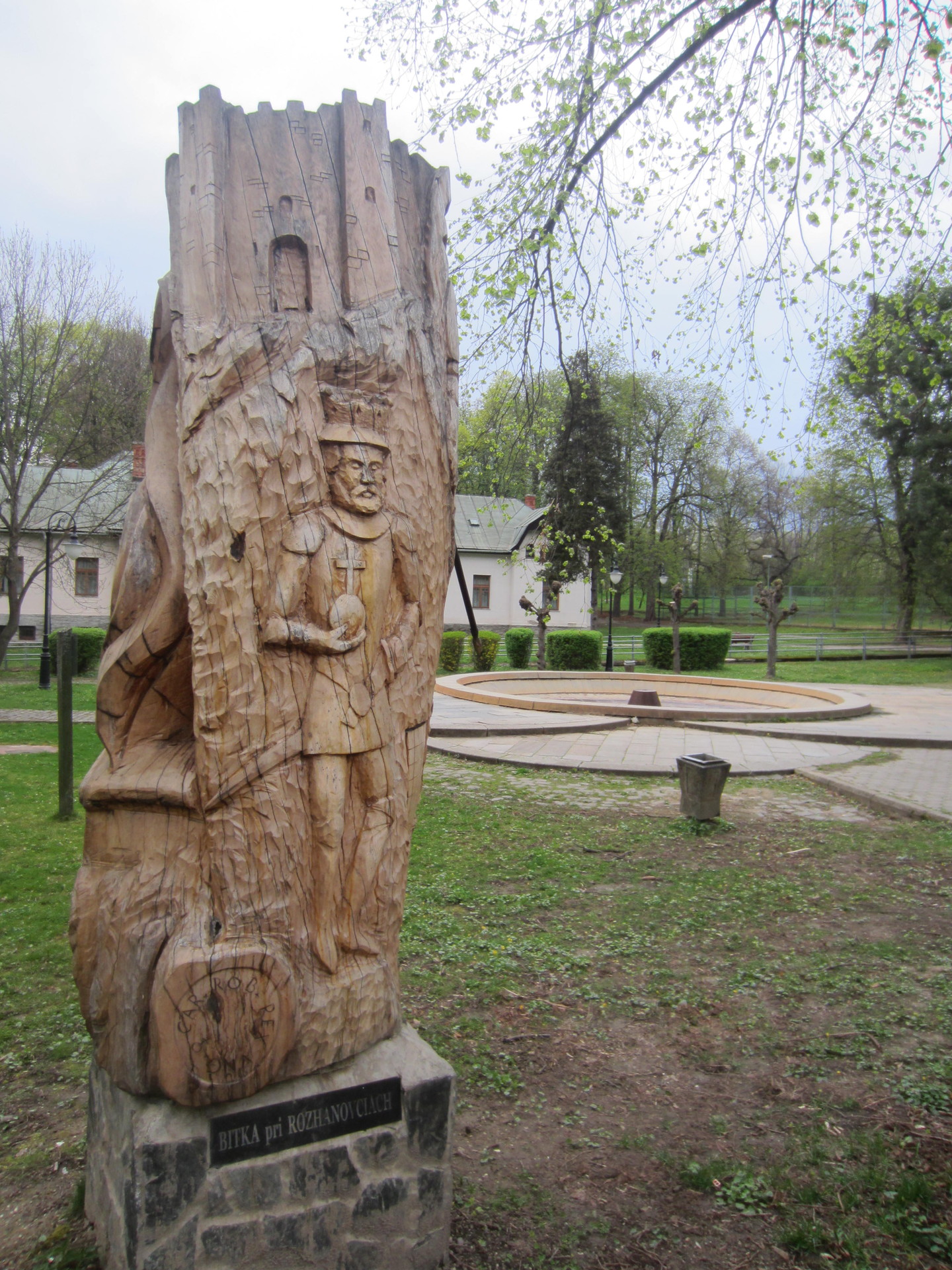The Herlany Geyser - East Slovakia is "pure nature" (1/3)
14th April 2016
It was one of the reasons that made me choose to go to Slovakia for Erasmus: nature. With nine national parks for a small area (49,036km²), there's no shortage of preserved natural areas. With 40% forests and 80% mountainous lands, despite being land locked, the geography has served the country well. Without having planned it, I made three green stops in the east of the country during a weekend halfway through April. It was an opportunity (that doesn't come round often when you don't have a car) to swap my regular shoes for hiking ones.

Day 1
The Herlany geyser creates its own timetable! This is because the column of water in this little village (which has been thermal since the 17th century) isn't permanent. It has had its hours of eruption, every 34-36 hours, since 1875. This Thursday, I had an appointment between 4pm and 6pm. The village site always specifies a two hour slot and recommends arriving at least an hour before.
From the Kosice train station, I took one of the ten daily buses which goes through the famous "Herlansky geysir" stop 20km north-east. However, not being able to do it another way, I was forced to take a 4:45pm departure. I gave it a go (rightly in the end) at the risk of coming back without the memories.
The site, in the Slanské Hills is the definition of bucolic. Low trees, only made green by the mistletoe, marked the road and, at the top of a hill, the horizon. Other tress had their first leaves in soft shades of green. The fruit trees were bursting with white flowers, whilst waiting for their first buds. The thick, green grass densely covered the slopes. With less sea air and cows, Normandy appears to be on offer in the heart of Europe.
Instinctively, whilst getting off the bus, I knew that the geyser would come out in the middle of the little tree-lined park, decorated with wooden sculptures, representing the local heritage. However, in front of what looked like a fountain, before the empty pagoda, I thought I'd missed it. The tiled floor was dry. There were just two people waiting on the surrounding benches. Would there be any hope?
 The Herlany geyser, which ejects water every 34-36 hours, lets cold water (between 10 and 18°c) from 400m beneath the ground spray out.
The Herlany geyser, which ejects water every 34-36 hours, lets cold water (between 10 and 18°c) from 400m beneath the ground spray out.
Suddenly, water spat out of the pink marble central stone, going higher and higher up. Simultaneously, the locals and grandparents with their grandchildren rushed over. From three, there were now about ten people around the geyser.
Although it hardly went above ten metres, the experts remarked "Ah, it could've gone up to twenty, thirty metres. " Those who created the geyser, whilst looking for a source in the 1870s, could have shown their disappointment even more: "Back then, when we dug 300 metres deep, the water could've reached up to 112 metres high!"
However, the children enjoyed the show, jumping around and clapping as if to say "I'm content". The smell of sulphur and the fuel oil brought up from 404.5 metres below the ground, which contaminated the air, didn't seem to bother them.
After twenty minutes, there was only a few patient grandmas left, waiting to see the geyser, whose height was that of a man, die down. After half an hour, like a magic druid potion, with a last gurgle, the geyser was eaten up by the ground.
Photo gallery
Content available in other languages
Want to have your own Erasmus blog?
If you are experiencing living abroad, you're an avid traveller or want to promote the city where you live... create your own blog and share your adventures!
I want to create my Erasmus blog! →



















Comments (0 comments)